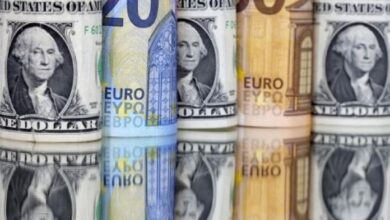Asian currencies were quiet before the U.S. payrolls report, and the Indian rupee rose on a rate hike.

On Friday, most Asian currencies stayed about the same as investors waited for important U.S. jobs data. However, the Indian rupee went up after the central bank raised rates more than expected.
After the Reserve Bank of India (RBI) raised rates by 50 basis points to 5.4 percent and promised more help to fight rampant inflation, the rupee went up by 0.2% to 79.043. Investors thought that the rate would go up by 35 basis points.
The RBI is doing this for the fourth time this year, and it comes at a time when inflation in the South Asian country has reached its highest level in two years.
Most of the other Asian currencies stayed mostly the same. The value of the Chinese yuan against the dollar stayed the same at around 6.7460, while the value of the Japanese yen fell by 0.3%.
The USD/PHP went up by 0.5% to 55.230 after inflation in July went up more than expected. This made more people think that the central bank will raise interest rates again.
In July, consumer price inflation in the Philippines was 6.4%, which was higher than what was expected, which was 6.24%.
All eyes are now on the U.S. nonfarm payrolls data that will be released later in the day. The number is likely to have gone down a lot from June to July, showing that the U.S. job market is slowing down.
In anticipation of the reading, the U.S. dollar dropped sharply on Thursday. On Friday, it was trading 0.2% higher. Dollar Index Futures also went up about the same amount.
This year, the strength of the dollar has hurt most Asian currencies because investors expected the Federal Reserve to raise interest rates again. This week, there were also some outflows from regional currencies because of what some officials said.
But most units are likely to stay mostly the same by the end of the week, at least for now. Later in the day, data from the U.S. could change the trend.





